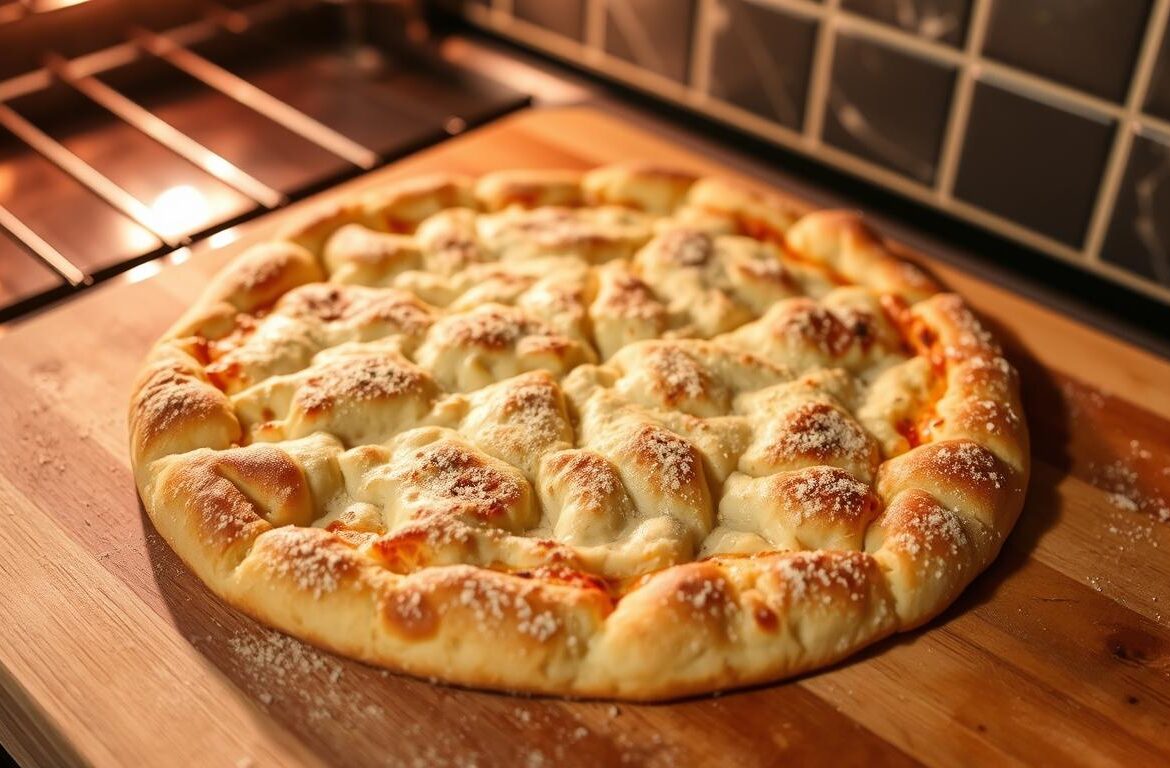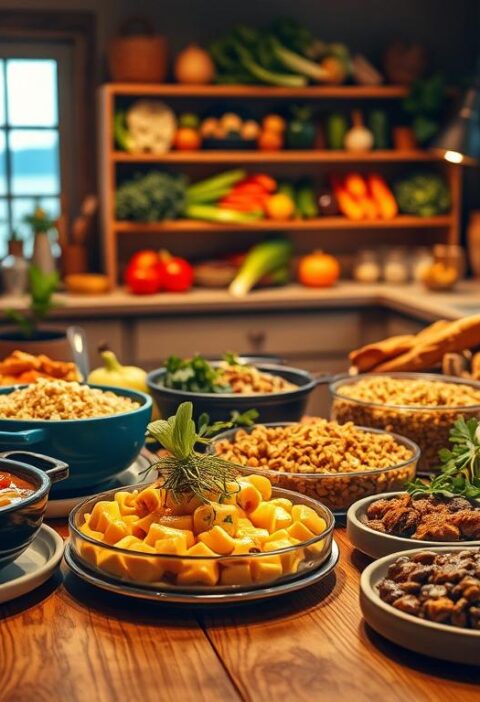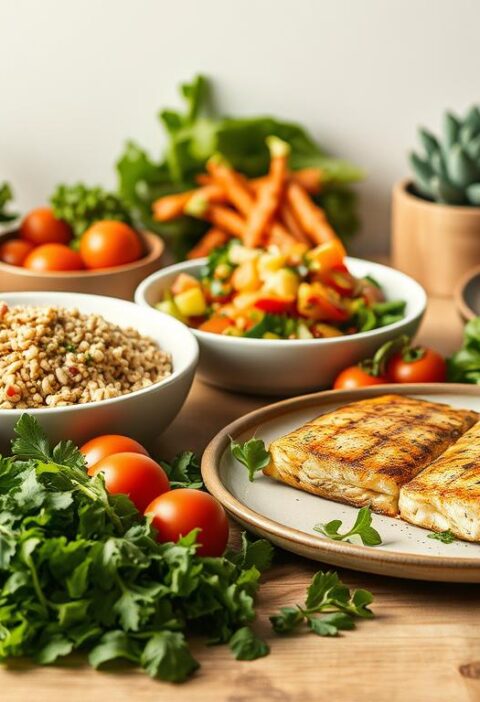Imagine a homemade pizza night with family and friends. Everyone can enjoy a delicious, gluten-free meal that they love.
Having a simple recipe for gluten free dough is a big help. It’s not just about avoiding gluten. It’s about making a dish that everyone can enjoy, no matter their diet.
A basic gluten free pizza crust recipe is a must-have in every kitchen. It’s simple to make, freezes well, and thaws easily. This makes it perfect for any day.
Key Takeaways
- Easy to make gluten-free dough for homemade pizza
- Freezes and defrosts well for convenience
- A staple recipe for any kitchen
- Suitable for various dietary needs and preferences
- Perfect for family pizza nights or gatherings
Why Making Your Own Gluten-Free Pizza Crust Matters
Making your own gluten-free pizza crust is a big win for those with dietary limits. Many store-bought options don’t quite hit the mark in texture and taste.
Common Challenges with Store-Bought Options
Store-bought gluten-free pizza crusts have some downsides. They can be too thin and hard, missing the softness of a real pizza crust. They also might have preservatives and additives that change the flavor. Gluten-free experts say, “The biggest challenge is getting a crust that’s both crispy and chewy.” Many find them too dense or dry.
| Feature | Store-Bought | Homemade |
|---|---|---|
| Texture | Often too crunchy or dense | Can achieve a perfect chew |
| Flavor | May contain preservatives | Customizable with fresh ingredients |
| Customization | Limited topping options | Endless topping possibilities |
Benefits of Homemade Gluten-Free Pizza
Making your own gluten-free pizza crust brings many perks. You can pick the ingredients to fit your diet and likes. Homemade crusts use fresher stuff, making your pizza taste better. Plus, you can tweak the texture to get just the right mix of crunch and chew.
Being able to tailor your gluten-free pizza crust is a big plus. You can pick the flour, seasonings, and toppings to make a pizza that’s just right for you. With a bit of practice, you’ll be a pro at making gluten-free pizzas that are always a hit.
Essential Ingredients for the Perfect Gluten-Free Pizza Crust
Choosing the right ingredients is key to a great gluten-free pizza crust. It’s important to know what works best in gluten-free baking.
The flour you pick is very important. Gluten-free flour blends are made to act like wheat flour. They mix different gluten-free flours and starches.
Flour Blends That Work Best
A good gluten-free 1:1 baking flour is perfect for pizza dough. Look for ones with xanthan gum or guar gum. These binding agents make the crust better.
| Flour Blend Type | Key Characteristics | Suitability for Pizza Crust |
|---|---|---|
| Almond Flour Blend | Nutty flavor, high protein | Good for flavor, but may need more binding agents |
| Rice Flour Blend | Light texture, neutral flavor | Great for a crispy crust |
| Cassava Flour Blend | Neutral flavor, good texture | Very suitable, can be used as main flour |
Binding Agents and Their Importance
Binding agents like xanthan gum and guar gum are very important. They help the crust stay together. The right one can greatly improve your crust’s texture and taste.
Additional Ingredients for Flavor and Texture
Other ingredients can also make your crust better. Olive oil adds moisture and flavor. A little salt can also improve the crust’s taste and texture. Try different things to find what you like best.
Equipment You’ll Need for Success
To make a gluten-free pizza crust like your favorite pizzeria, you need specific tools. The right tools are key for a crispy crust and a well-cooked pizza. Here’s what you’ll need to start.
Must-Have Kitchen Tools
You’ll need a few basic tools to begin. A stand mixer is best for mixing and kneading the dough. This makes the dough smooth and elastic. You’ll also need a pizza peel or baking sheet to put your pizza in the oven. Plus, a mixing bowl and measuring cups are needed for the dough.
- A stand mixer for mixing and kneading the dough
- A pizza peel or baking sheet for transferring the pizza
- Measuring cups and spoons for accurate ingredient measurement
Optional Equipment That Makes the Process Easier
Some tools are not essential but make pizza-making easier. A pizza stone or pizza steel helps get a crispy crust by spreading heat evenly. Some people also use a dough scraper for handling the dough. Parbaking the crust on a pizza steel can make it crispy.
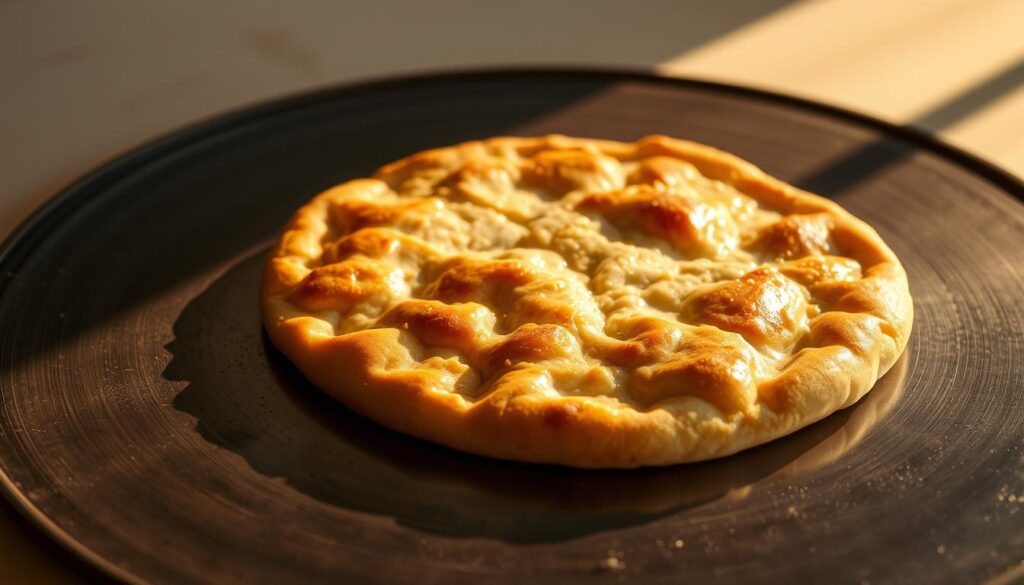
With the right tools, you’re ready to make tasty gluten-free pizzas at home. Try different tools and methods to find what works best for you.
Step-by-Step Gluten-Free Pizza Crust Recipe
Starting a gluten-free pizza crust journey is easy. You get to pick the ingredients. This makes sure your meal is tasty and safe for those who can’t eat gluten.
Preparing Your Workspace and Ingredients
First, get your workspace ready. You’ll need gluten-free flour, yeast, sugar, salt, and maybe xanthan gum or Expandex. Make sure your bowls, cups, and tools are clean and ready.
To mix the dough, put flour, xanthan gum, Expandex, yeast, and sugar in a bowl. Use a whisk to mix the dry ingredients well.
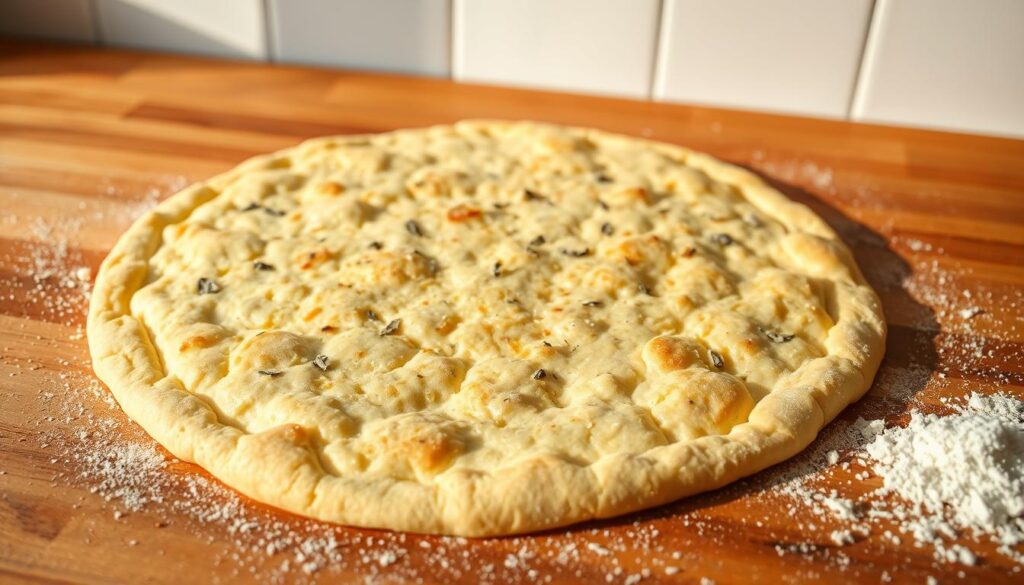
Mixing the Dough Properly
Mixing the dough right is key. Add wet ingredients to the dry ones. The dough should be a bit sticky but easy to handle. If it’s too dry, add a little water. Too wet? Add more flour.
| Ingredient | Quantity | Purpose |
|---|---|---|
| Gluten-Free Flour Blend | 2 cups | Base of the crust |
| Xanthan Gum | 1 tsp | Improves dough texture |
| Expandex | 1 tbsp | Enhances crust structure |
| Yeast | 1 packet | Leavening agent |
| Sugar | 1 tsp | Feeds the yeast |
Shaping and Pre-Baking Techniques
After mixing, shape the dough into your crust shape. Place it on a baking sheet or pizza stone with cornmeal. Preheat the oven to 425°F (220°C) and bake for 10-12 minutes. This makes the crust lightly golden.
Pre-baking is important. It stops the crust from getting soggy. It also helps the crust set before adding toppings.
Adding Toppings and Final Baking
After pre-baking, add your favorite toppings. Put the pizza back in the oven for 10-15 minutes. This cooks the toppings and makes the crust golden.
This gluten-free pizza crust recipe is easy to make. You can try different toppings and flavors. Make your perfect pizza at home.
Troubleshooting Common Gluten-Free Pizza Crust Problems
Fixing problems with gluten-free pizza crust is key to making a great one. Even with a good recipe, issues can pop up. Knowing how to solve these problems will make your crust better and your pizza more fun to eat.
Dealing with Crumbly or Sticky Dough
Gluten-free pizza crust often has dough that’s too crumbly or sticky. This can happen because of the flour blend or how you measure ingredients. For crumbly dough, add a bit more moisture like water or eggs. If it’s too sticky, a little gluten-free flour can help.
Tip: Always measure your ingredients accurately. Using a digital scale can help you get it right.
Fixing Soggy or Undercooked Centers
A soggy or undercooked center can mess up a good pizza. Make sure your oven is hot enough and use a pre-baked crust method. Pre-baking the crust a bit before adding toppings helps it cook evenly. Don’t put too many toppings, as this can stop the center from cooking right.
Pre-baking tip: Pre-bake your crust at 425°F (220°C) for 5-7 minutes before adding toppings.
Addressing Texture and Flavor Issues
The texture and taste of your gluten-free pizza crust can change based on the flour and proofing time. If it tastes bland, add more herbs or spices. For texture problems, try different flour blends. Some might make your crust crisper or chewier, depending on what you like.
| Issue | Possible Cause | Solution |
|---|---|---|
| Crumbly Dough | Insufficient moisture | Add more water or eggs |
| Sticky Dough | Too much moisture | Add more gluten-free flour |
| Soggy Center | Insufficient pre-baking | Pre-bake crust before adding toppings |
| Lack of Flavor | Insufficient seasoning | Add more herbs or spices to dough |
By tackling these common problems, you can make your gluten-free pizza crust better. Try different ingredients and methods to find what works best for you.
Taking Your Homemade Pizza Night to the Next Level
Now that you know how to make a perfect gluten-free pizza crust, it’s time to get creative. Try different toppings and flavors to make your pizza night even better. You can also use tapioca starch to make the dough easier to work with.
Replace 1/4 cup of gluten-free flour with 35 grams of tapioca starch. This small change can make a big difference in your pizza’s quality. Don’t be afraid to try new toppings and recipes to find your favorites.
Keep trying new things and experimenting with ingredients. This will make your homemade pizza nights more enjoyable and delicious. Whether you’re making a simple margherita or a more complex gluten-free pizza, the key is to have fun and be open to new ideas.

